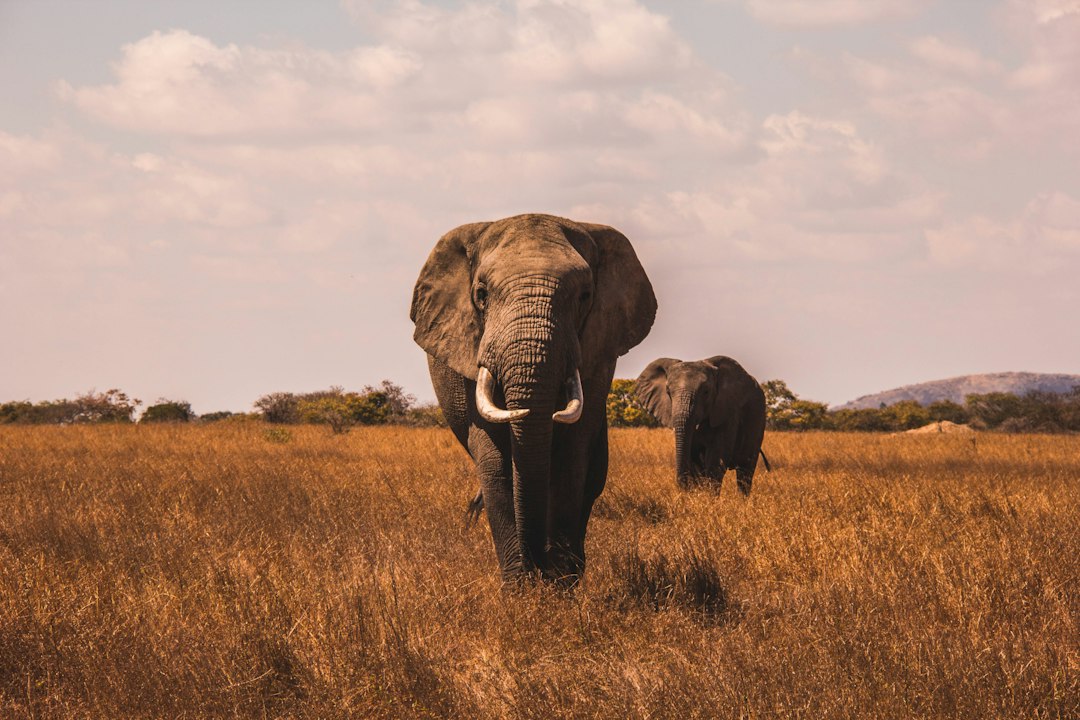Wildlife conservation is a global concern, but the challenges faced by developing countries in this regard are unique and immense. As these nations strive to improve their socio-economic conditions, the struggle to protect their rich biodiversity often takes a backseat. In this blog post, we will delve into the struggles of wildlife conservation in developing countries and why it demands urgent attention and international collaboration.
One of the primary challenges faced by developing countries is the lack of financial resources and infrastructure. These nations often have limited budgets and struggle to allocate funds for conservation efforts. They are compelled to prioritize basic human needs such as healthcare, education, and poverty alleviation, leaving little room for wildlife conservation initiatives. Limited funding implies inadequate management and enforcement of conservation laws, posing grave challenges to the survival of endangered species.
Furthermore, developing countries often lack the necessary infrastructure to effectively execute conservation initiatives. Due to poor road networks, remote protected areas become difficult to access, making it challenging for anti-poaching patrols and park rangers to monitor and protect wildlife. Inadequate infrastructure also hinders the development of ecotourism, a potential revenue stream that can contribute to conservation efforts.
Poaching remains a significant threat to wildlife conservation in developing countries. The demand for products like ivory, rhino horns, and exotic animal parts in illegal wildlife trade drives poachers to devastate fragile ecosystems and endanger countless species. Insufficient law enforcement, corruption, and weak legal systems exacerbate the problem, allowing poachers to exploit loopholes and continue their illegal activities with impunity. Developing countries need international cooperation and support to strengthen legislation, train law enforcement agencies, and combat this illegal trade effectively.
Habitat loss and degradation resulting from deforestation, urbanization, and agricultural expansion significantly impact wildlife populations in developing countries. The need for land for agriculture, housing, and infrastructure development often takes precedence over safeguarding natural habitats. Rapid population growth exacerbates these issues, as more land is converted for human usage. Balancing the needs of human development and wildlife conservation is a complex task that requires careful planning and sustainable practices.
Climate change poses yet another challenge for wildlife conservation in developing countries. Rising temperatures, shifting rainfall patterns, and extreme weather events directly affect ecosystems and species. For instance, ocean acidification due to increased carbon emissions threatens marine biodiversity, while rising temperatures lead to the displacement of species from their natural habitats. Developing countries bear the brunt of climate change impacts, as they often lack the resources and technology to adapt to these changes and protect their vulnerable wildlife.
Despite these challenges, there is hope for wildlife conservation in developing countries. International organizations, governments, NGOs, and local communities are increasingly recognizing the importance of protecting biodiversity. Collaborative efforts such as capacity building, community-based conservation, and scientific research offer solutions to these problems. Raising awareness among local communities about the long-term benefits of wildlife conservation is crucial to garner their support and active participation.
In conclusion, the struggles of wildlife conservation in developing countries are multi-faceted and require urgent attention. Limited financial resources, inadequate infrastructure, poaching, habitat loss, and climate change collectively threaten the survival of countless species. International cooperation, sustainable practices, and community engagement can help mitigate these challenges. It is essential to recognize that wildlife conservation is not just a moral responsibility but also a vital component of sustainable development. By addressing these struggles, we can ensure the preservation of our planet’s invaluable biodiversity for future generations.

